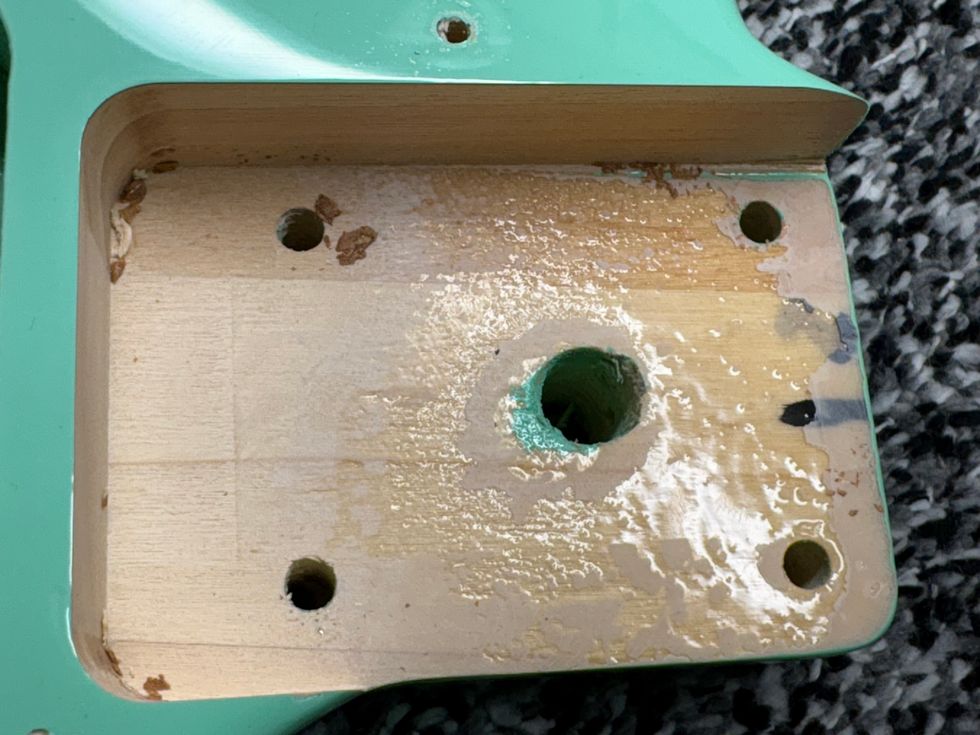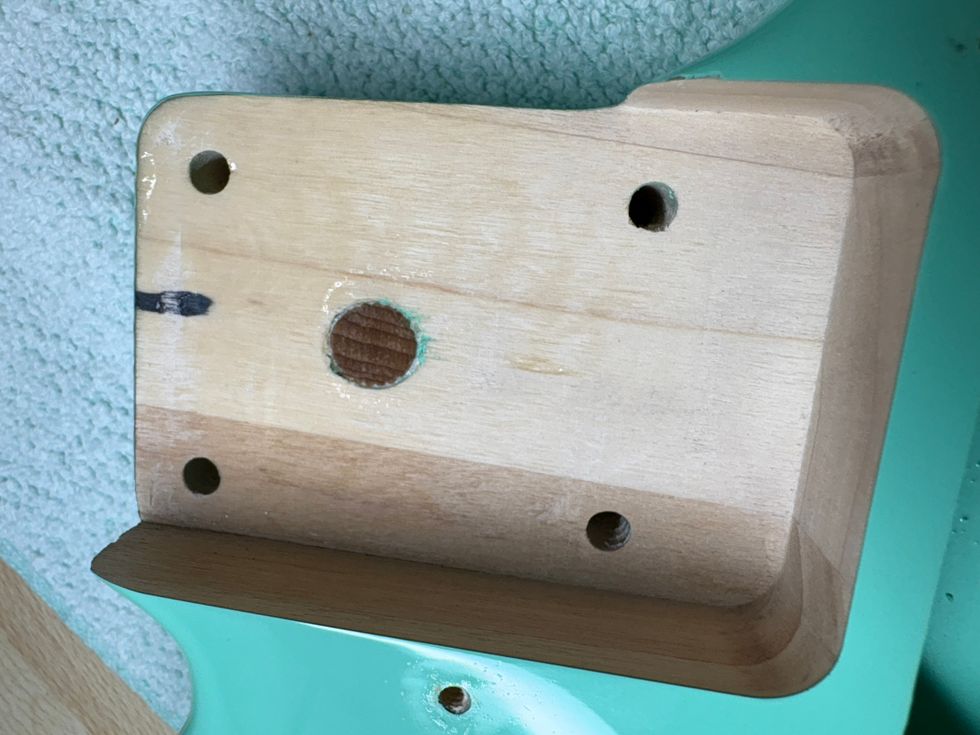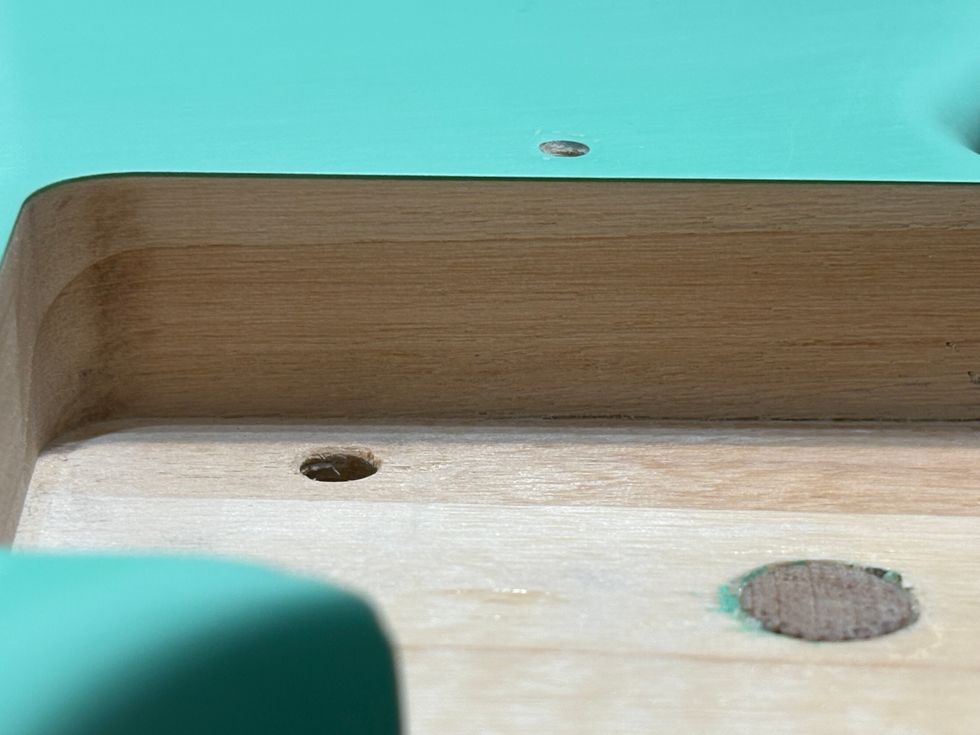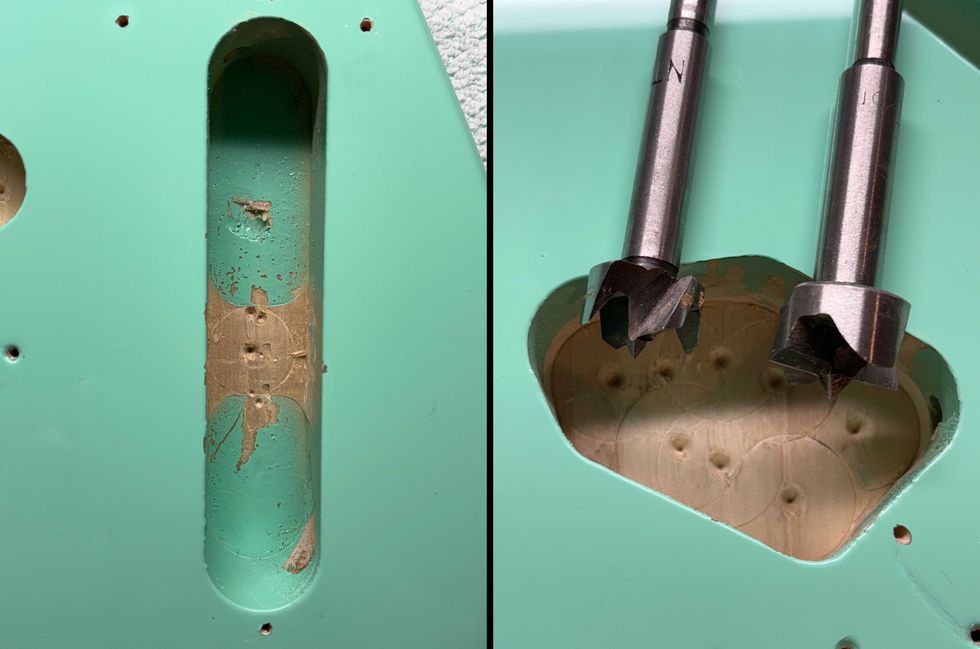William Shakespeare wrote “All the world’s a
stage…and one man in his time plays many
parts.” What does Shakespeare have to do
with guitar, you ask? Not much, really. But
it’s true that, as musicians, we will play many
parts over the course of our careers. I have
had the good fortune of getting to back some
of the biggest names in the business (including
Toby Keith) as a sideman. The task at hand
when backing these giants is to lay down a
rock-solid lead guitar part: I take my solos
where needed, throw some appropriate fills in
between vocal lines, and generally try to stay
out of the singer’s way.
With a band, the bassist generally controls the
root, while a keyboardist or second guitarist
bashes out the chords and other instruments
share in playing fills. In country, there’s normally
a steel guitar and/or fiddle to help fatten
the sound and give the tune the essential
twang factor. With a bigger band, you can get
away with smaller chord inversions, and often
you can play three-note chords (such as root,
third, fifth or third, fifth, root) to make the
band sound big without getting in anyone’s
way. Or you can just lay out and stab at some
of the fills and leads when they come up.
Changing the Rules of Engagement
As a solo artist, the approach is completely different:
When I’m at center stage, it’s my responsibility
to take over the melody and lead the
band—I have to move from playing in the open
spaces to playing the lion’s share of the song.
And all the rules change again if you’re the only
instrumentalist accompanying a vocalist.
I’ve done a good bit of work accompanying
singers with just my acoustic guitar. When I
played with Rodney Atkins, he and I would
do writers in the round, where he would sing
and I played. I’ve done the more intimate
“An Evening With”-type shows backing
Chalee Tennison (who, by the way, is one of
country music’s most gifted vocalists). Again,
she would sing while I captured the essence
of her music al dente. I’ve coupled with
my long-time boss, Toby Keith, to perform
stripped-down versions of his mega hits. And
I’ve backed Mica Roberts on tours where it
was just my guitar and her incredible voice
entertaining sold-out crowds across the UK
and northern Europe.
When you’re performing as a solo accompanist,
you have to make the most extreme adjustment
in your attitude toward the instrument.
The task of creating the groove and setting the
tempo—which normally falls on the drummer—
is now in your hands. You no longer have a
hi-hat to lock into, because you’re creating the
feel of a drummer on guitar. You become the
band. It’s important not only to play the chords,
but to build chord structures that make sense,
sound full, and lead the vocalist—as well as the
audience—through the song, while giving them
a sense of the full arrangement.
We are not all as gifted as guitar virtuoso
Tuck Andress at comping full walking bass
lines while keeping up with fast-moving chord
progressions. But I find it is helpful to pick up
important elements of the bass line, such as
passing tones or walkdowns. It’s one of the
details that helps create that full-band feel.
Get Creative with Dynamics
Dynamics are also extremely important when
you‘re the lone instrumentalist. Well, they’re
always an important part of music, but when
you’re all alone you can’t come down low
enough or dig in deep enough as the song
calls for it. You can do so much with the
arrangements if you just pay attention to how
the whole song affects you as a listener. If the
complete recorded version of a tune comes
way back dynamically on the bridge, you
can lay way out and just lightly strum or play
muted fifths, giving just a hint of the chord
progression on the downbeats. However, if
there’s a prominent string line, for instance,
you can incorporate that into your playing so
the listener gets the full gist of the original
arrangement. All this makes a rather stripped-down
version of a song more interesting.
When a song calls for fingerpicking, I like to
use open tunings where possible to build voicings
based on the full spectrum of the song.
Using the bass notes on the bottom to keep
an unmistakable chord change ever present,
I’ll grab some of the standout lines from
within the song and throw them on top while
keeping the basics of the progression in the
middle for the full trifecta. There have been
times when I’ve even been known to bang
out drumbeats on my guitar to reproduce the
beat between changes. It’s all to bring out the
details that make the song unique. Because,
let’s face it, most songs have similar chord
progressions, and that can get old if you simply
beat out the sequence with little emotion
or vibrancy. Take away the vocals, and the only
thing that gives a song its unique character is
what the musicians do with it.
Which reminds me to leave you with an infamous
story about the immortal Grand Ole
Opry star Grandpa Jones. A Nashville songwriter
told Jones he’d just written a new song.
Jones responded “Oh really? What’s it sung
to the tune of?”
Keep jammin’!
Rich Eckhardt
Rich is a highly sought-after Nashville guitarist who has performed with singers ranging from Steven Tyler to Shania Twain. He currently plays lead guitar for Toby Keith, and also works as a spokesperson for the Soles4Souls charity (soles4souls.org). His new album, Cottage City Firehouse, is available at richeckhardt.com and CDBaby.com


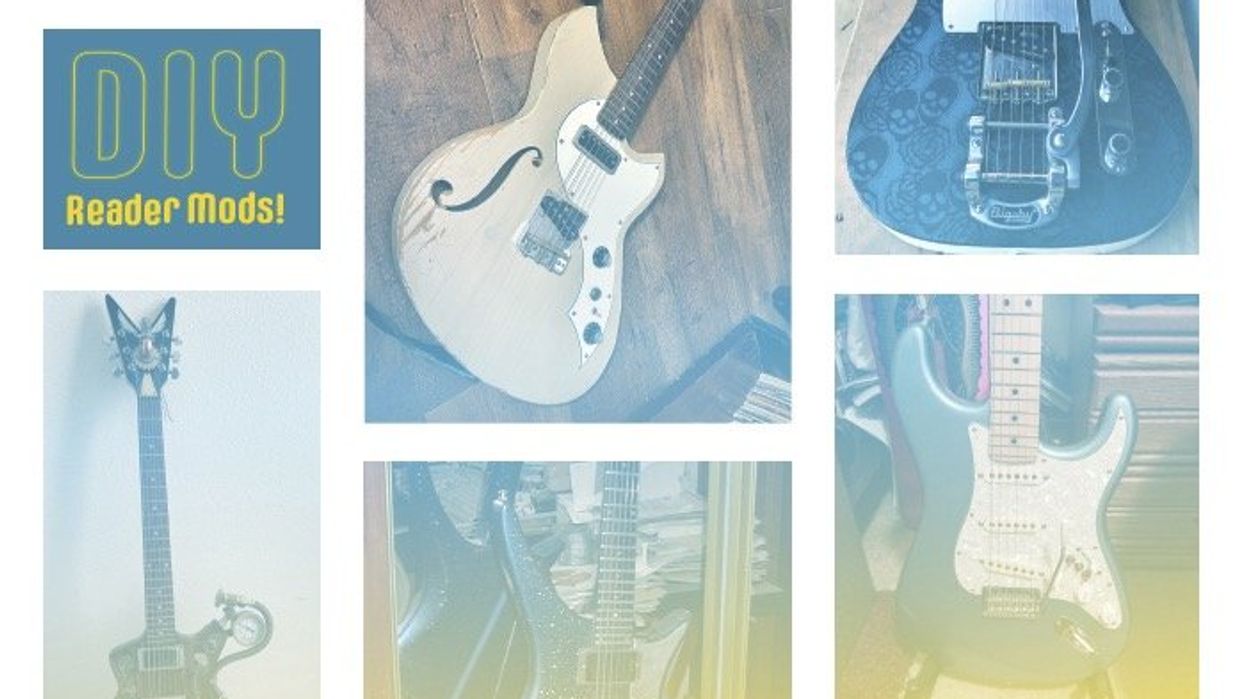

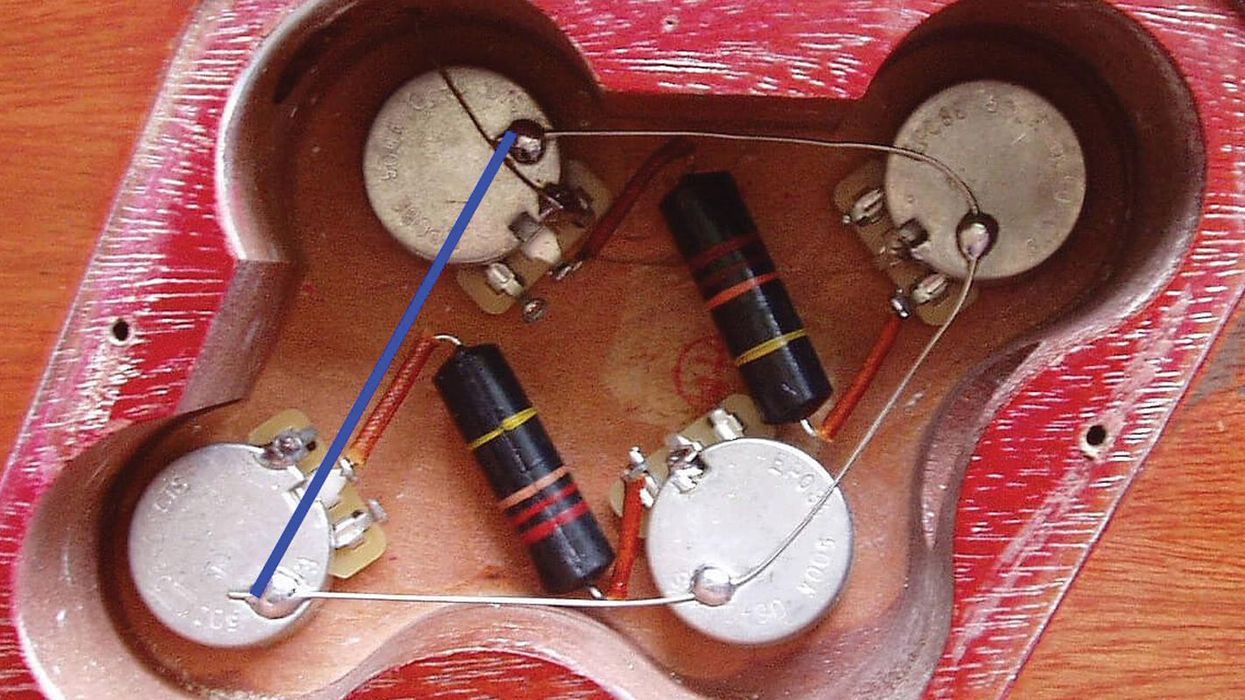
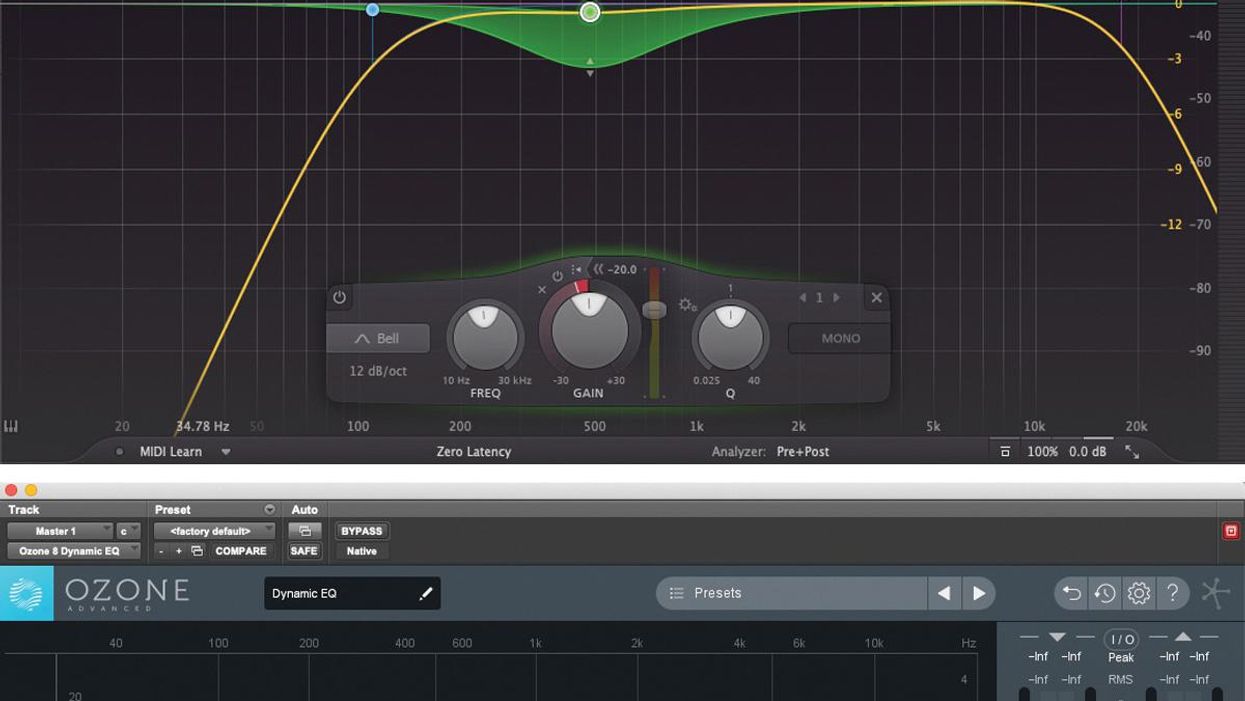







![Rig Rundown: Russian Circles’ Mike Sullivan [2025]](https://www.premierguitar.com/media-library/youtube.jpg?id=62303631&width=1245&height=700&quality=70&coordinates=0%2C0%2C0%2C0)





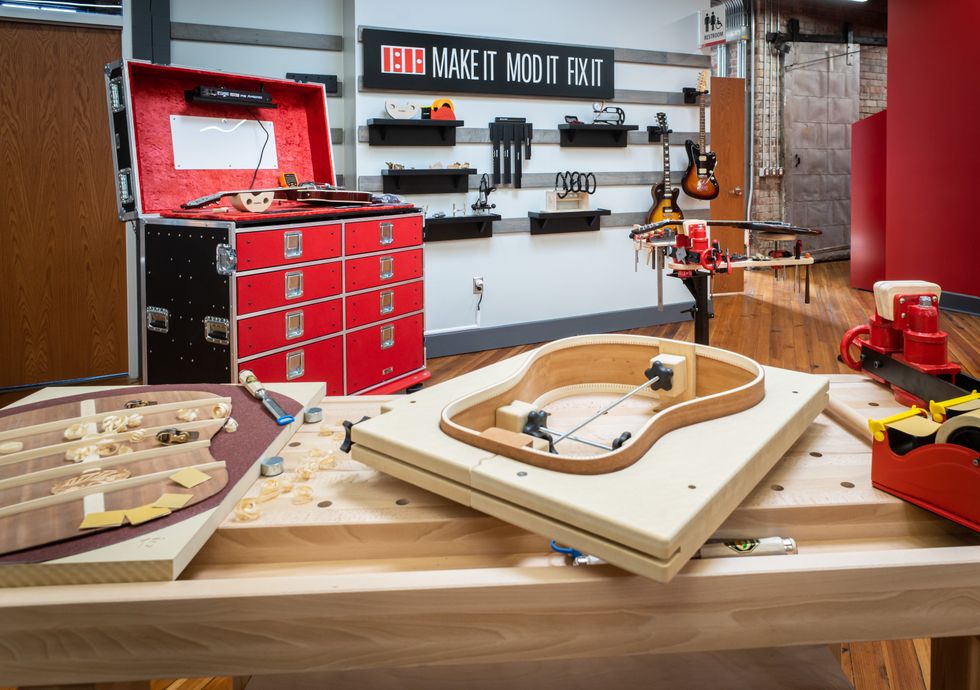
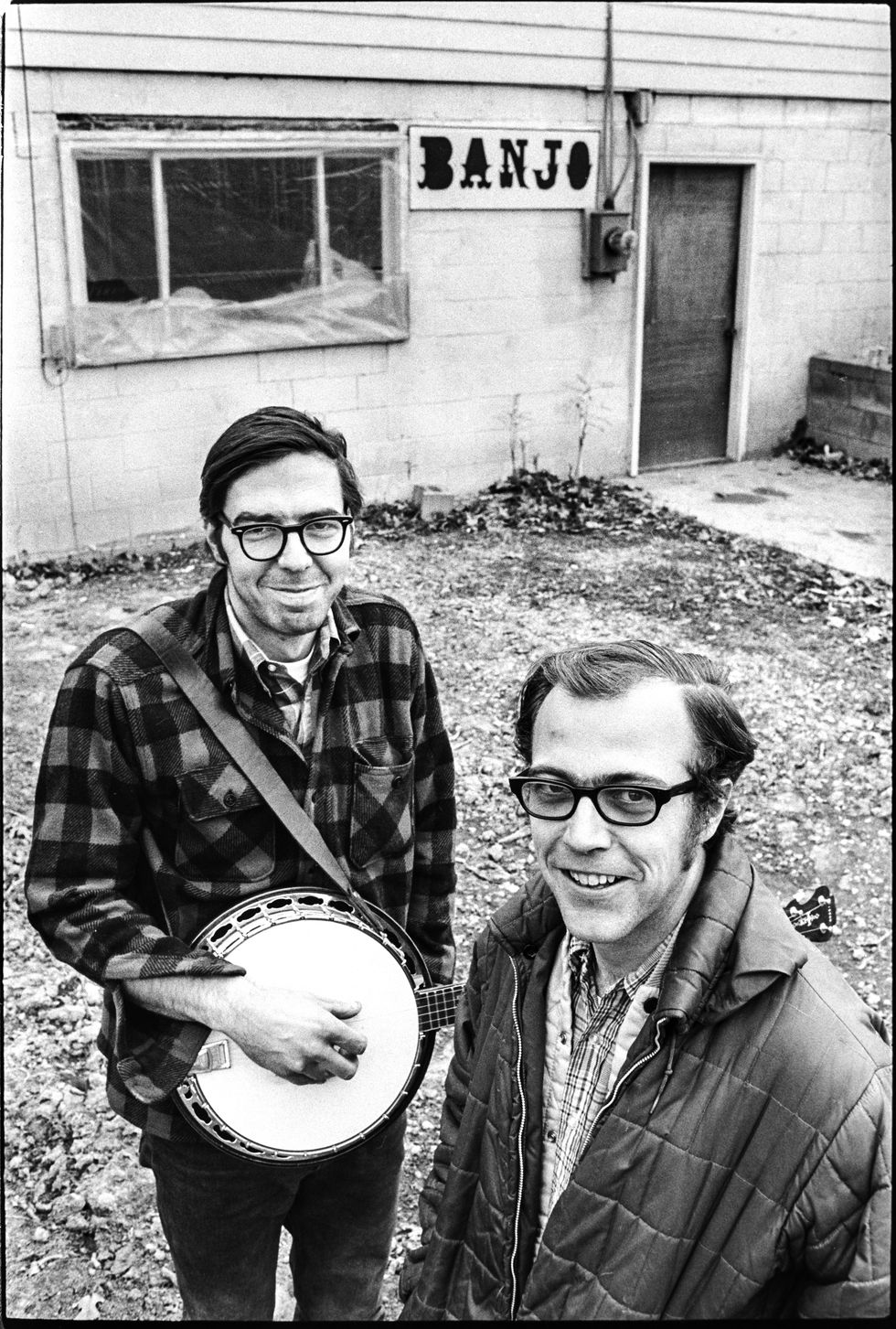
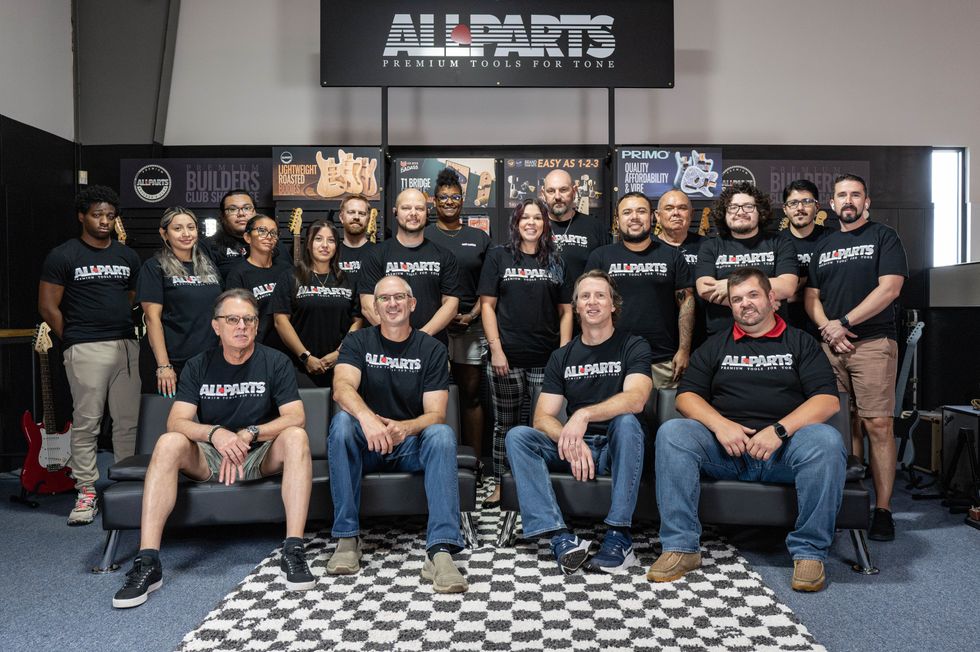 The Allparts team at their Houston warehouse, with Dean Herman in the front row, second from right.Photo by Enrique Rodriguez
The Allparts team at their Houston warehouse, with Dean Herman in the front row, second from right.Photo by Enrique Rodriguez

